 By Tesa Hargis, NCL summer intern
By Tesa Hargis, NCL summer intern
On April 24, 2024, the Federal Trade Commission (FTC) announced its final rule on non-compete covenants (the “Rule”).
Fifteen months earlier, on January 19, 2023, the FTC posted the notice of proposed rulemaking (NPRM) for the Non-Compete Clause Rule. The public comments on the proposed rule sought to answer the question of “whether the proposed rule should also apply to noncompete clauses between franchisors and franchisees.”
The Non-Compete Clause Rule comment period closed on April 19, 2023, after being extended from the original deadline of March 20, 2023. The FTC received 26,813 comments and posted 20,697 comments to the rulemaking docket.
A year after the notice and comment period for the Non-Compete Clause Rule lapsed, the FTC’s Final Non-Compete Rule was issued. The Rule bans non-compete agreements at the national level except for those between franchisors and franchisees. The Rule does, however, apply to non-competes between the employees of a franchisee.
Within the supplemental information of the Rule, the FTC explained that franchisees were excluded from the definition of “worker” within the rule because “the relationship between a franchisor and franchisee may be more analogous to the relationship between two businesses than the relationship between an employer and a worker.” However, many comments argued that franchisor-franchisee relationships are similar to employer-employee relationships because, like employees, franchisees generally lack bargaining power, and their interests are not generally protected “because franchisors generally do not entrust franchisees with trade secrets or details about their broader commercial strategy.”
The final rule ultimately does not apply to franchisor-franchisee non-competes, and those covenants remain subject to State common law and Federal and State antitrust laws.
Franchisor business practices and franchise agreements
Parallel to the comment period for the Non-Compete Clause Rule, in March of 2023, the FTC announced a separate request for public comment on franchisor business practices and franchise agreements in an effort to inform policy and enforcement efforts by hearing from a broad range of stakeholders and ensure a fair marketplace and halt unfair and deceptive franchise practices.
The comment period for the Franchise Agreements and Franchisor Business Practices closed on June 8, 2023, after being extended from the original deadline of May 9, 2023, with 5,291 comments received and 2,216 posted. A rule on Franchise Agreements and Franchisor Business Practices has yet to be proposed in response to the comment period which closed thirteen months ago.
Stakeholder comments
Franchisees such as William Kyle, who owns 14 McDonald’s franchises, have highlighted the restrictive nature of non-compete clauses in their agreements. Kyle describes his situation as a “take it or leave it” scenario, with a non-negotiable contract that includes an 18-month non-compete clause preventing him from starting a similar business within a ten-mile radius after his franchise term ends. This severely limits his ability to use his industry experience to support his family if McDonald’s denies him a contract renewal.
Similarly, Melissa Catalano, a Wellbiz Brands franchisee for over ten years, has expressed concerns about being trapped by franchisors who exploit their position. She detailed issues such as arbitrary fees, forced purchases of overpriced supplies, and restrictive policies that leave franchisees financially vulnerable and powerless.
Mark Liston, with over 40 years in the franchise sector, argues that the franchise model provides significant opportunities for business owners and should not be subjected to broad, sweeping regulations. He emphasizes that strong franchisor-franchisee relationships are mutually beneficial and that the franchise model has helped many achieve the American dream.
FTC developments
In response to the March 2023 request for public comment on franchisor business practices, the FTC released several significant statements on July 12, 2024. These include a Policy Statement asserting that certain contract provisions, such as non-disparagement and confidentiality clauses, are unlawful if they restrict franchisees’ communications with regulators. Additionally, the FTC issued Staff Guidance emphasizing that any new or increased fees not disclosed in the Franchise Disclosure Documents are likely violations of the FTC Act. The FTC also published an Issue Spotlight highlighting the top complaints from franchisees, including issues like unilateral changes to operating manuals and high default rates on SBA loans. Lastly, the FTC reopened the comment period until October 10, 2024, reflecting an ongoing commitment to addressing franchisee concerns.
Furthermore, on July 17, 2024, the FTC published an analysis detailing its stance against undisclosed “junk fees” imposed by franchisors, stating that such practices violate the Franchise Rule and Section 5 of the FTC Act. This analysis explicitly targets undisclosed fees related to marketing, training, property improvement, and other franchisor-mandated products or services. While this is a step in the right direction, the ongoing process must ensure these guidelines are actionable and that franchisors do not continue to use their size and influence to bully franchise owners.
NCL’s position
NCL strongly urges the FTC to revise its current approach by proposing new rules to better protect franchisees. The exclusion of franchisor-franchisee agreements from the Non-Compete Rule, coupled with the delay in addressing franchisor business practices, has left significant gaps in protection for franchisees. The prolonged inaction following the comment period undermines the urgency to tackle pervasive and often exploitative practices in the franchising industry.
The FTC’s recent developments, including the stance against undisclosed “junk fees” and other contract provisions that restrict franchisees, are commendable but only a starting point. NCL calls for the FTC to prioritize robust and actionable regulations that ensure fair treatment of franchisees, promote transparency, and foster a competitive marketplace. It is crucial that the FTC heeds the thousands of stakeholder comments and implements comprehensive protections to address the power imbalances and unfair practices currently faced by franchisees.
NCL recently wrote a letter to FTC Chair Lina Khan on this issue, in which we highlighted that some of the largest franchisors control their franchisees to such an extent that they are effectively operating as the owners and operators of these individual locations while leveraging the legal benefits of being a franchisor. This creates a system where they enjoy the benefits of ownership without any of the risks – which they transfer to their franchisees. We are concerned that private equity firms take advantage of U.S. franchise law, and their heavy-handed control, if left unchecked, threatens to destroy the franchise model and even ruin the American Dream for so many hardworking franchisees.
Sources
Press Release
Non-Compete Clause Rule
Non-Compete Clause Rule Rulemaking Docket
Solicitation for Public Comments on Provisions of Franchise Agreements and Franchisor Business Practices
Solicitation for Public Comments on Provisions of Franchise Agreements and Franchisor Business Practices Rulemaking Docket
Financial Times
TroutmanPepper
The National Law Review
Melissa Catalano Document (FTC-2023-0026-0001)
William Kyle (FTC-2023-0026-0001)
Mark Liston Document (FTC-2023-0026-0001)
The National Law Review: FTC Issues Statements Signaling Major Changes to its Oversight of Franchise Relationships and Franchise Disclosure Requirements
*Lathrop GPM: FTC Takes Action Impacting the Franchise Relationship
*Links are no longer active as the original sources have removed the content, sometimes due to federal website changes or restructurings.
###
About the National Consumers League (NCL)
The National Consumers League, founded in 1899, is America’s pioneer consumer organization. Our mission is to protect and promote social and economic justice for consumers and workers in the United States and abroad. For more information, visit nclnet.org.



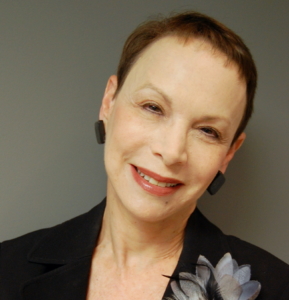 By Nancy Glick, Director of Food and Nutrition Policy
By Nancy Glick, Director of Food and Nutrition Policy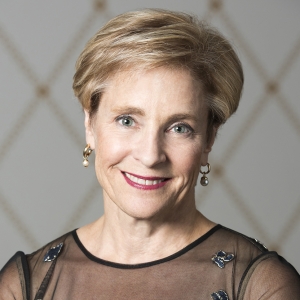 By Sally Greenberg, CEO of the National Consumers League and Chair of the Child Labor Coalition
By Sally Greenberg, CEO of the National Consumers League and Chair of the Child Labor Coalition
 By Tesa Hargis, NCL summer intern
By Tesa Hargis, NCL summer intern
 Coming from a background of farmwork, I know the struggle against heat. At 14 years old, I began picking blueberries in Michigan during the summer, and from there on I learned to pick a variety of crops all over Michigan and my home base in Florida. I spent my weekends and any school days off – including summers – picking strawberries, squash, pickles, peppers, and jalapeños.
Coming from a background of farmwork, I know the struggle against heat. At 14 years old, I began picking blueberries in Michigan during the summer, and from there on I learned to pick a variety of crops all over Michigan and my home base in Florida. I spent my weekends and any school days off – including summers – picking strawberries, squash, pickles, peppers, and jalapeños.
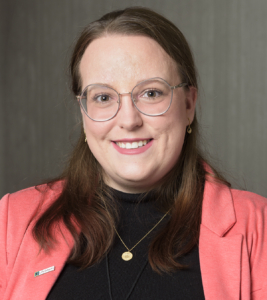 By Sam Sears, Health Policy Associate, National Consumers League
By Sam Sears, Health Policy Associate, National Consumers League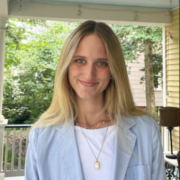
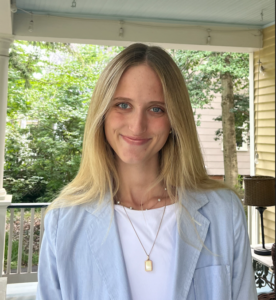 By Sydney Greenberger, NCL Summer Intern
By Sydney Greenberger, NCL Summer Intern
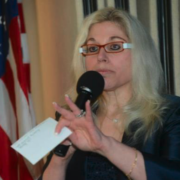
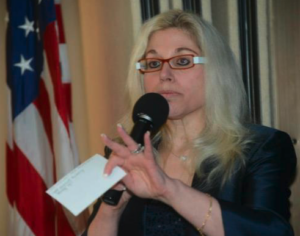 By Robin Strongin, Senior Director of Health Policy
By Robin Strongin, Senior Director of Health Policy












